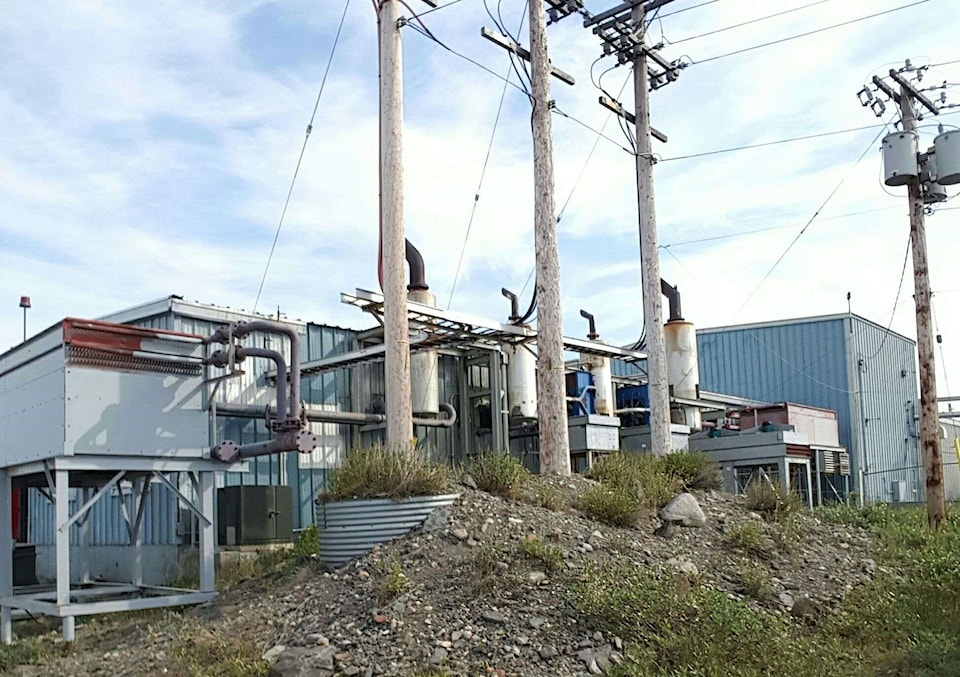Business
Kugluktuk Power Plant Project Secures $74.4 Million Funding

A new power plant in Kugluktuk will be developed at a cost of $74.4 million, significantly higher than previous facilities in Nunavut. The Qulliq Energy Corporation (QEC) announced on September 15 that it has awarded the contract for the project to Pilitak Enterprises. Approximately half of the funding will be sourced from the federal Arctic Energy Fund.
Originally, a hybrid solar-diesel power plant was proposed for Kugluktuk in 2019, aiming to reduce diesel consumption by up to 60 percent. However, escalating material costs and delays in government funding have necessitated adjustments to the project, as noted by John Main, the minister responsible for QEC. While the new plant will not fully realize the initial vision, it will retain the capacity to incorporate renewable energy sources in the future.
Future-Proofing Energy Needs
“The facility will include provisions that allow future connection of community-scale renewables,” Main stated in the legislature. “This ensures Kugluktuk can benefit from clean energy integration over time without compromising today’s reliability.” Despite the scaled-back plans, the new power plant will still facilitate the eventual integration of non-diesel energy sources.
The cost of the Kugluktuk plant exceeds that of other community facilities in Nunavut. In 2021, QEC estimated that a new power plant in Cambridge Bay would cost $50.2 million, while a facility in Gjoa Haven was projected at $36.3 million and the Iglulik plant at $35.7 million. More recently, in 2022, QEC anticipated that the power plant in Chesterfield Inlet would have a budget of $35 million.
All new power plants across Nunavut, including the Kugluktuk facility, will be designed to handle renewable energy connections, as confirmed by Main. A QEC report indicated that funding for the power plants in Cambridge Bay, Gjoa Haven, and Iglulik would receive around 75 percent of their financial backing from the Arctic Energy Fund. In contrast, the Kugluktuk facility will have 50 percent of its budget covered by federal contributions.
Historical Context and Future Developments
The current facilities being replaced in Nunavut are aging, with the oldest power plant in Cambridge Bay dating back to 1958. The Kugluktuk plant was installed in 1968, while Gjoa Haven’s facility was constructed in 1977. The Nunavut Impact Review Board has been monitoring these developments to ensure compliance with environmental and community standards.
As the demand for reliable and sustainable energy continues to grow, the Kugluktuk power plant represents a significant investment in the region’s energy infrastructure. This project not only addresses immediate energy needs but also aligns with longer-term goals for renewable energy integration, positioning Kugluktuk for a more sustainable future.
-

 Science3 months ago
Science3 months agoToyoake City Proposes Daily Two-Hour Smartphone Use Limit
-

 Top Stories3 months ago
Top Stories3 months agoPedestrian Fatally Injured in Esquimalt Collision on August 14
-

 Health3 months ago
Health3 months agoB.C. Review Reveals Urgent Need for Rare-Disease Drug Reforms
-

 Technology3 months ago
Technology3 months agoDark Adventure Game “Bye Sweet Carole” Set for October Release
-

 World3 months ago
World3 months agoJimmy Lai’s Defense Challenges Charges Under National Security Law
-

 Lifestyle3 months ago
Lifestyle3 months agoVictoria’s Pop-Up Shop Shines Light on B.C.’s Wolf Cull
-

 Technology3 months ago
Technology3 months agoKonami Revives Iconic Metal Gear Solid Delta Ahead of Release
-

 Technology3 months ago
Technology3 months agoApple Expands Self-Service Repair Program to Canada
-

 Technology3 months ago
Technology3 months agoSnapmaker U1 Color 3D Printer Redefines Speed and Sustainability
-

 Technology3 months ago
Technology3 months agoAION Folding Knife: Redefining EDC Design with Premium Materials
-

 Technology3 months ago
Technology3 months agoSolve Today’s Wordle Challenge: Hints and Answer for August 19
-

 Business3 months ago
Business3 months agoGordon Murray Automotive Unveils S1 LM and Le Mans GTR at Monterey









